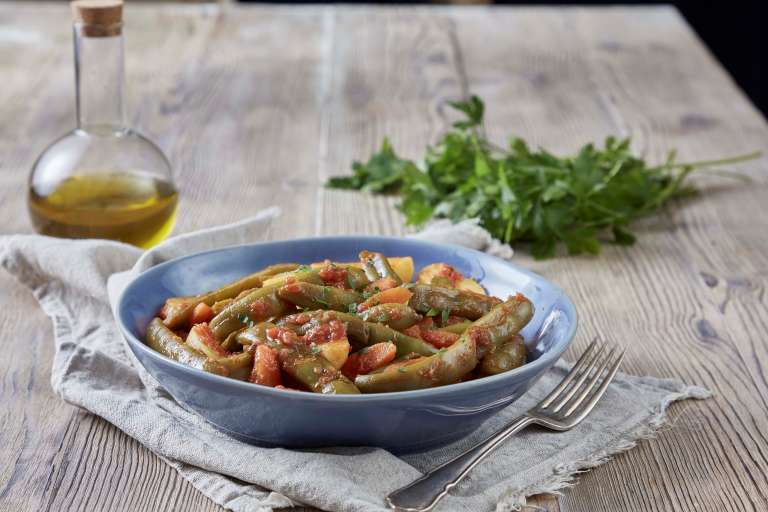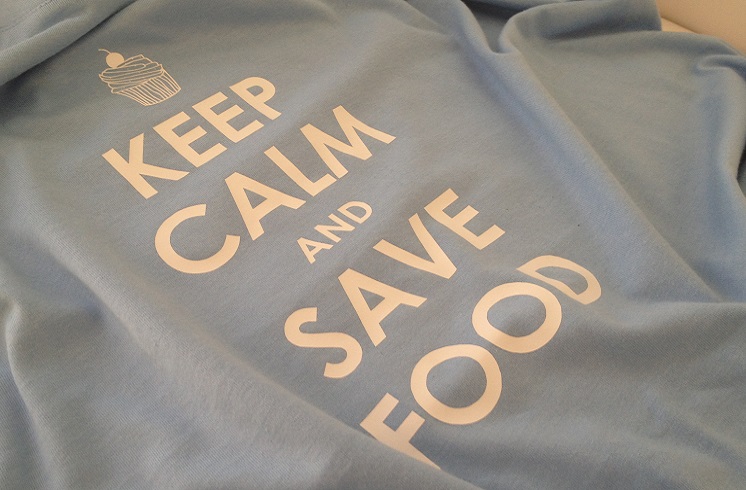As we’re going through the Lent period and since fasting is a custom followed by many, it is good to know how we can fast and eat healthy and balanced at the same time.
The benefits of fasting for our body
You may have heard some argue that they fast not only for religious reasons, but also because they consider fasting a “detox opportunity”. And it’s true! Abstaining from animal products helps us significantly reduce the saturated (“bad”) fats in our diet, thereby protecting heart health. In addition, when fasting we emphasize on foods such as legumes, vegetables, fruits and whole grains, thus increasing our intake of vitamins, fiber and antioxidants that give us health and wellness!
What do we have to watch out for?
Our body weight
While most of us have in mind that excluding whole food groups from our diet leads to weight loss, there are a number of people who report that they end up gaining weight during the fast. One major reason for this is that animal-based foods are rich in protein, which is largely responsible for the feeling of satiety after a meal. So, as protein intake decreases, we often consume larger portions of food to feel full. In addition, many people consider Lenten foods to be “lighter” than they are, ignoring their calorie content or the way they’ve been cooked (e.g. fried) and thus consume them without moderation.
The adequacy of nutrients
It is true that fasting for long periods of time can cause nutritional deficiencies in essential nutrients, such as high nutritional value proteins, calcium, vitamin B12 and iron. This is why it is better certain population groups such as children, adolescents, athletes, pregnant women, older people, people with osteoporosis, diabetes mellitus and iron deficiency anaemia to avoid prolonged fasting. In case they want to fast, they should consult their doctor -ideally in collaboration with a professional dietician.
For the rest of us who want to fast while keeping their diet balanced and full of nutrients, the “secret” is making smart choices and right food combinations:
– In order not to… run out of protein, be sure to consume legumes and seafood frequently. Soy products are also good sources as well as nuts (consume them in moderation as they’re high in calories).
tip: Combine legumes with whole grain (bread, rice etc.) in order to get high nutritional value proteins. For instance, enjoy a Mexican salad with red kidney beans, quinoa and vegetables.
– In order to meet your needs in calcium, include foods like tahini, almonds, soy milk and cheese in your diet as well as some green veggies e.g. spinach, broccoli.
tip: For a breakfast full of calcium, combine a glass of soy milk with whole-grain bread slices with tahini and ~ 10 almonds
– For adequate iron and vitamin B12 intake, choose to consume, first of all, seafood and also foods such as legumes, spinach, fortified whole-grain breakfast cereal and soy milk.
tip: For the better absorption of iron-especially from plant-based foods-combine them with a vitamin C source.
Some ideas…
– For breakfast, choose a bowl with soy milk and fortified breakfast cereal as well as a kiwi or some strawberries
– Prepare seafood skewers with slices of multi-colored peppers
– Combine a lentil dish with a glass of orange juice (or add orange slices in a lentil salad)
– Add plenty of lemon juice to your favorite grilled seafood
– Enjoy a salad with black-eyed peas and multi-colored peppers



